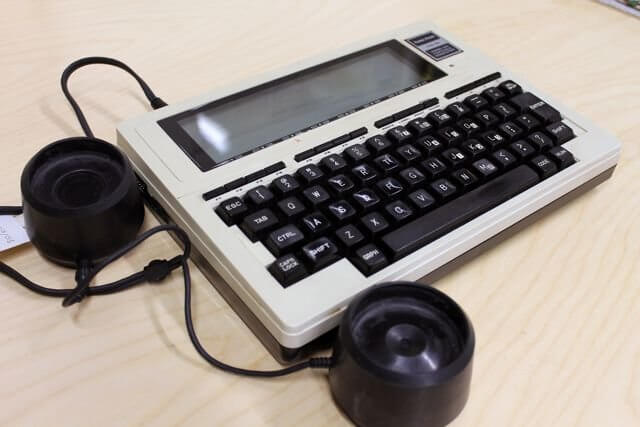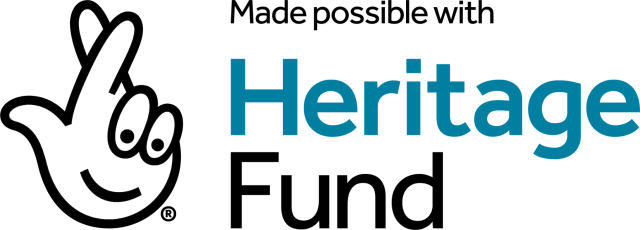

![Printing the Manchester Guardian, nd [c1940s-c1950s]. Machine room - fitting a plate on to the rotary presses ready for printing. Stamped Manchester Guardian copyright. Archive ref: GUA-6-9-1-4-G box 3](/assets/img/containers/images/programmes/gnmarchive-manchester-guardian-machine-room-c1940s.jpg/983ee63cd27e3781f3f78b86803ce0e4.jpg)
Designed for students aged 11-14, this lesson plan provides an opportunity to introduce students to the job of an archivist, primary sources, and journalistic skills. With up to an hour of interactive lesson material including videos that bring to life The Guardian News & Media Archive's rich collection, as well as suggestions for follow up learning tasks, this is a great resource for Careers, English and History teachers.
This resource was produced as part of a National Lottery Heritage Fund project using archives to enhance the curriculum.
The lesson introduces students to archives and the role of an archivist, and allows students to discover and discuss primary sources from The GNM Archive.
The download contains a plan and resources for a 45-60 minute lesson.
The lesson plan also includes suggestions for follow up work.


4 – linking curriculum learning to careers
5 – provide encounters with employees and employers
• Learning new vocabulary, relating it explicitly to known vocabulary and understanding it with the help of context and dictionaries.
• Summarising and organising material, and supporting ideas and arguments with any necessary factual detail.
• Drawing on new vocabulary and grammatical constructions from their reading and listening, and using these consciously in their writing and speech to achieve particular effects.
• Equip pupils to ask perception questions, think critically, weigh evidence, sift arguments and develop perspective and judgement. Distinguish fact from fiction, make connections, draw contrasts and analyse trends within periods. Create relevant, structured and evidentially supported accounts. Understand how different types of historical sources are used to make historical claims and discern how and why contrasting arguments and interpretations of the past have been constructed.
• Pupils should understand how different types of historical sources are used rigorously to make historical claims and discern how and why contrasting arguments and interpretations of the past have been constructed.
The Guardian News & Media Archive has a wealth of resources to explore the history of the Guardian and Observer.